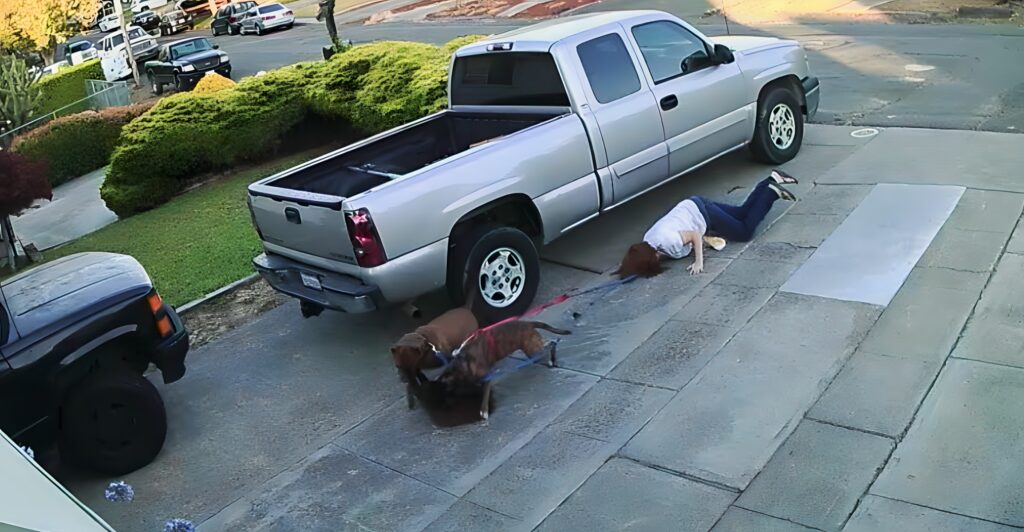
Before addressing leash pulling, it’s essential to understand why dogs do it. Dogs pull on the leash due to excitement, fear, or lack of training. Some are trying to reach a specific destination faster, while others might feel anxious. Identifying the root cause of the behavior can help tailor your approach. Understanding this makes it easier to choose appropriate training methods and work with your dog effectively to stop the pulling.
Use Positive Reinforcement
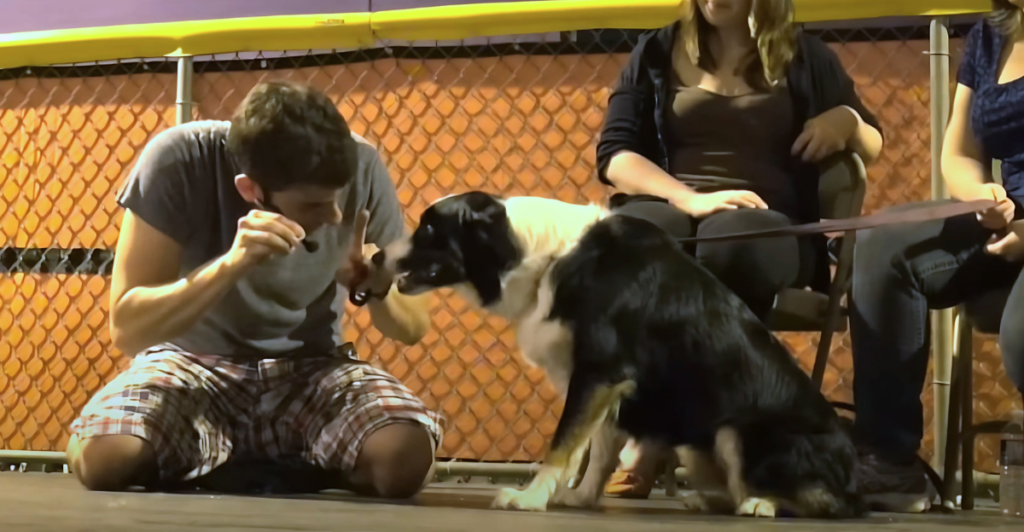
Positive reinforcement is a proven method for stopping dogs from pulling. When your dog walks without pulling, reward it with treats or praise. This helps it associate walking calmly with positive outcomes. Consistency is key to reinforcing good behavior. If your dog pulls, stop walking and wait for it to calm down before continuing. Over time, it will learn that pulling doesn’t get it anywhere, but walking calmly earns rewards.
Choose the Right Leash and Harness
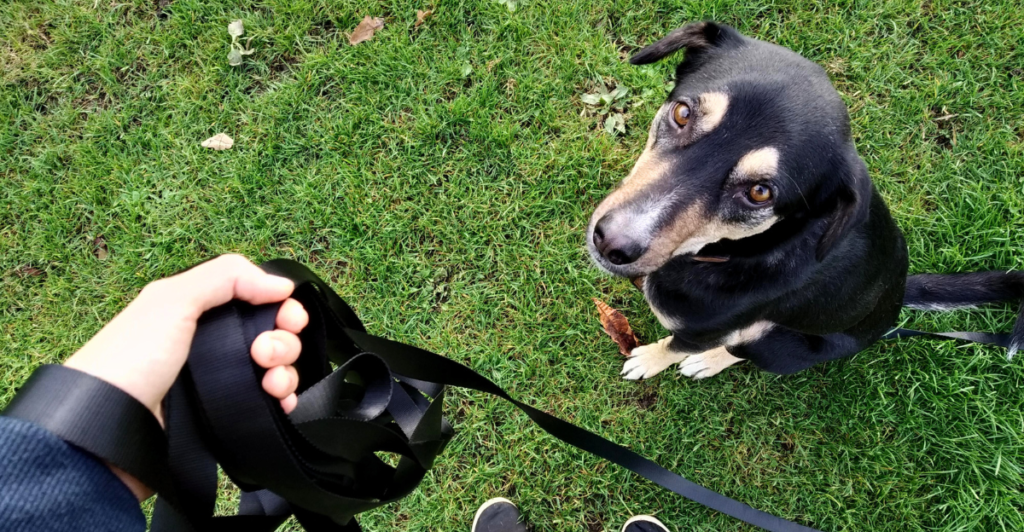
The type of leash and harness you use can impact your dog’s pulling behavior. A front-clip or no-pull harness can discourage pulling by redirecting your dog’s attention. These options provide more control and reduce strain on you and your dog. Avoid using retractable leashes, which encourage pulling by allowing your dog too much freedom. Selecting the right equipment can help make leash training more effective and comfortable for both of you.
Teach the “Heel” Command
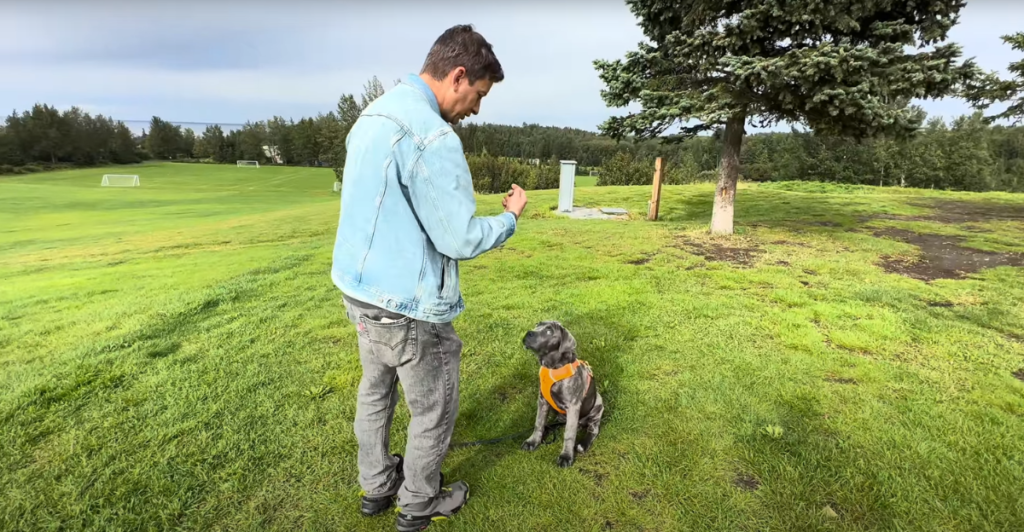
Teaching your dog the “heel” command is one of the most effective ways to prevent pulling. First, have your dog sit beside you and reward them for staying in position. As you begin walking, keep the leash short and maintain a steady pace. If your dog pulls, stop walking and make them return to your side. Over time, your dog will learn that staying by your side results in smoother walks and more rewards.
Practice Short Walks
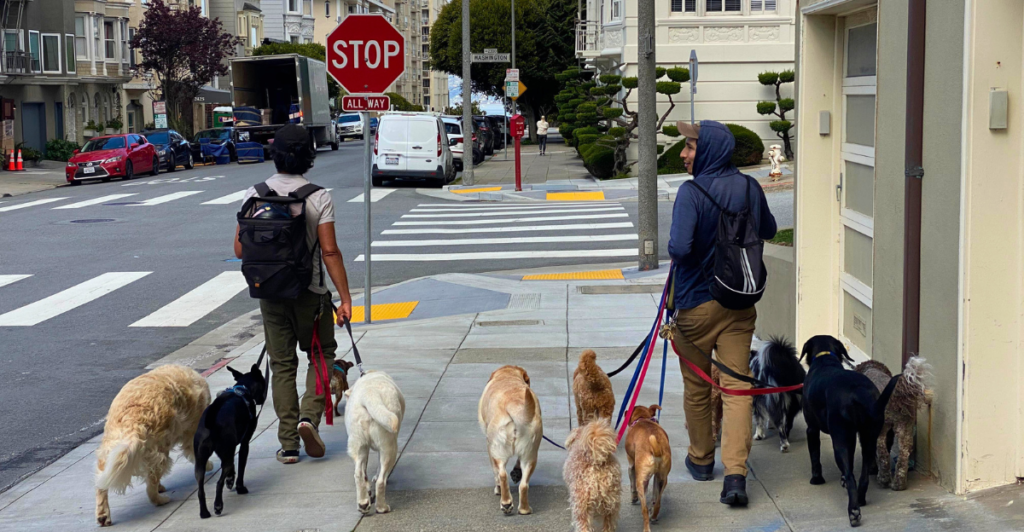
Begin leash training with short, manageable walks. A 5-10 minute walk is ideal for teaching your dog to focus on you rather than distractions. Shorter walks will help your dog stay calm and focused, making rewarding positive behavior easier. Gradually increase the length of the walk as your dog gets better at walking calmly. This incremental approach helps avoid overwhelming you and your dog while reinforcing good habits.
Be Consistent with Training
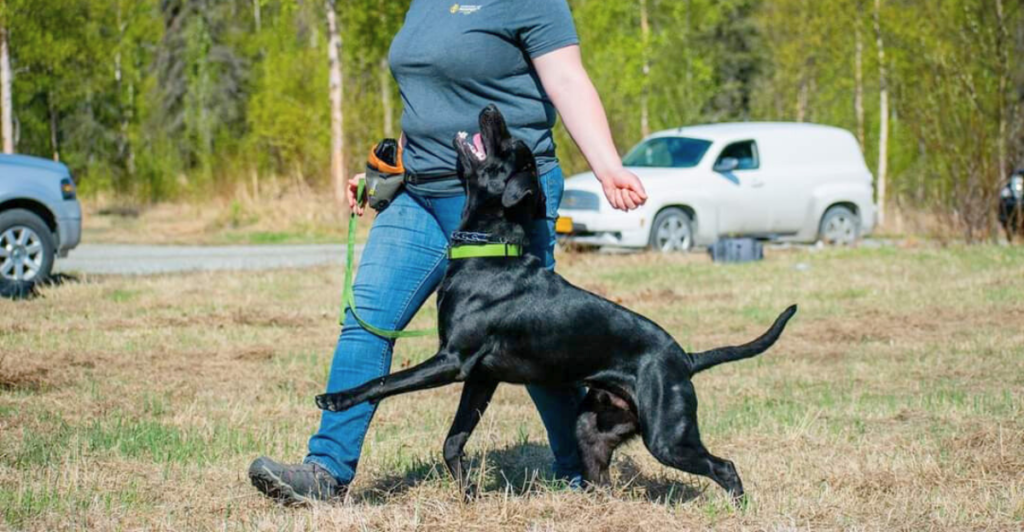
Consistency is crucial when training your dog to stop pulling on the leash. Ensure everyone in the household uses the same training techniques and commands. If your dog experiences different approaches from different people, they might get confused. Consistent training, along with regular practice, helps reinforce good habits. By being patient and persistent, your dog will gradually learn what’s expected, making walks more enjoyable for both of you.
Redirect Their Attention
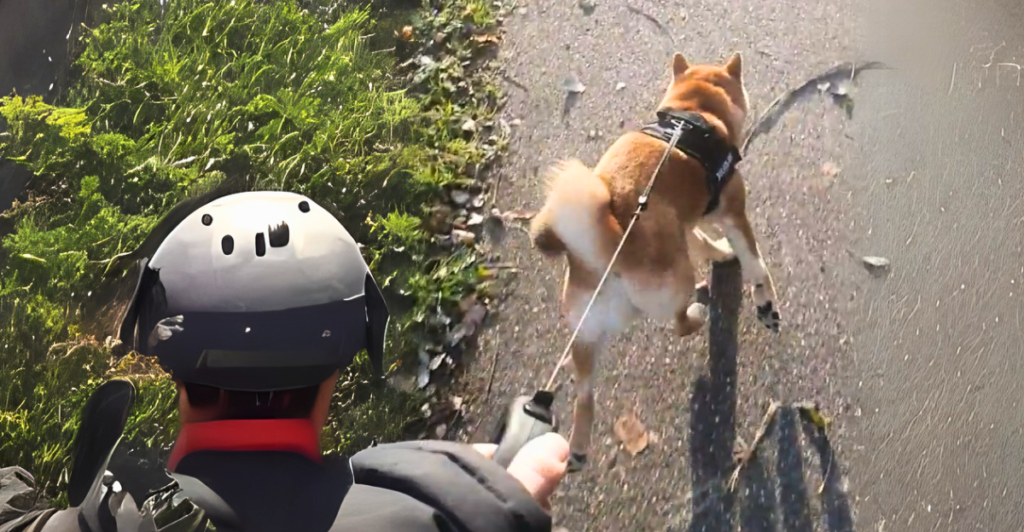
If your dog pulls towards something during your walk, try redirecting their attention. Use a treat or a favorite toy to guide them back to you. This technique helps shift their focus from the distraction to you. It’s important to stay calm and avoid jerking the leash, as this can increase their excitement. By offering a more rewarding focus, your dog will understand that paying attention to you makes walks more enjoyable.
Try the Stop-and-Go Method
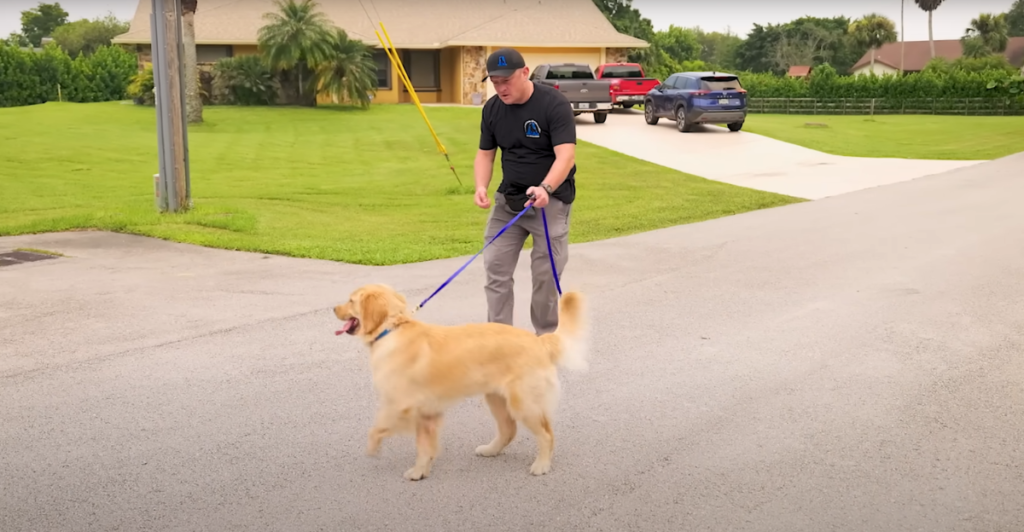
The stop-and-go method is one of the simplest ways to stop your dog from pulling. Whenever your dog pulls, immediately stop walking and stand still. Wait until they stop hurting and return to you before you begin walking again. This teaches them that pulling leads to an immediate stop and that only calm walking moves you forward. Be patient; this method may take time, but it’s highly effective for most dogs once they understand the rules.
Use a Clicker for Training
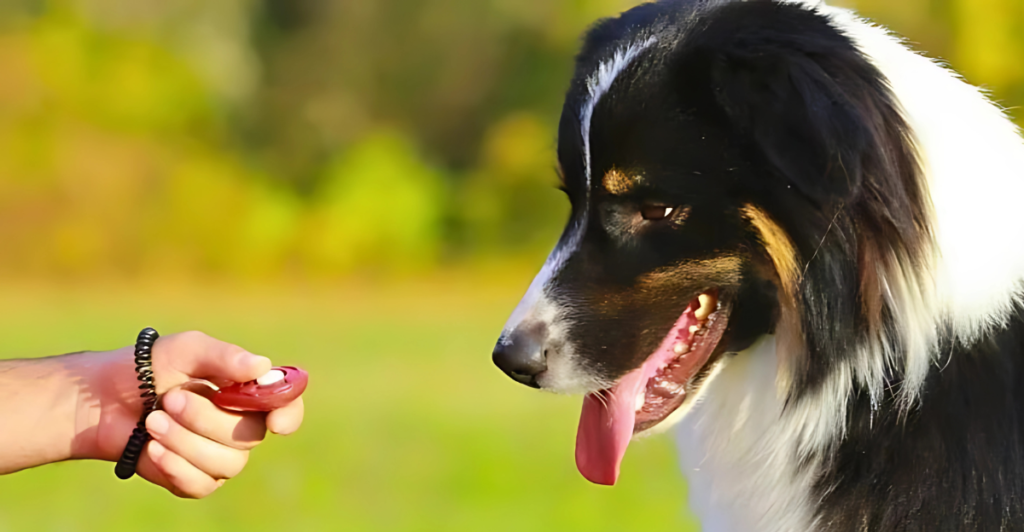
Clicker training can be an effective tool to stop leash pulling. The clicker marks the exact moment your dog exhibits the desired behavior, such as walking calmly by your side. Once your dog hears the click, it’s immediately followed by a reward. This method reinforces the connection between calm walking and positive reinforcement. Clicker training works well in combination with other techniques, helping your dog associate calm walking with rewards.
Avoid Reinforcing Pulling
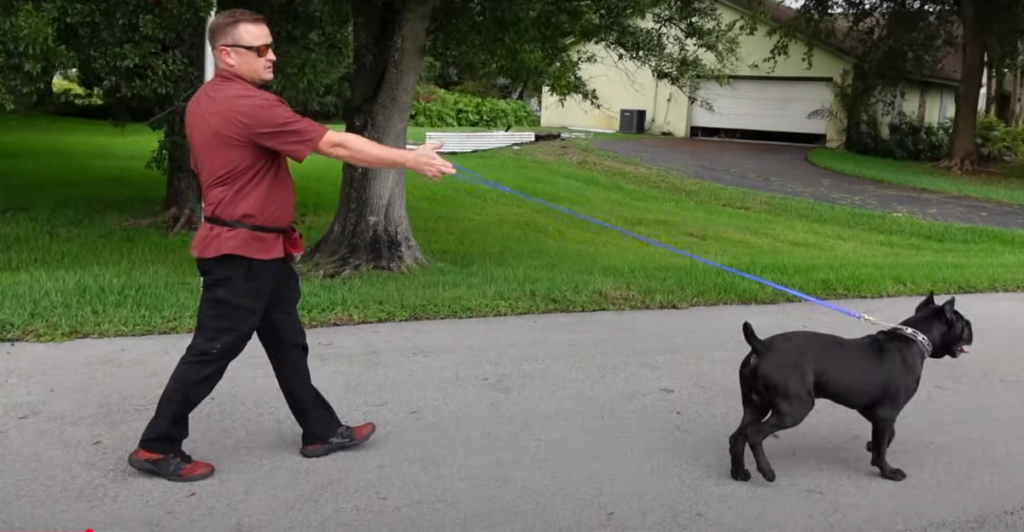
It’s important not to reinforce pulling by inadvertently rewarding it. For example, if your dog pulls towards another dog or has an interesting smell and you continue walking, you reward the behavior. Instead, stop walking immediately when your dog pulls and wait for them to return to you. Once they’re back in position, continue walking. Over time, your dog will learn that pulling doesn’t lead to progress, and calm walking is the only way to move forward.
Provide Regular Exercise
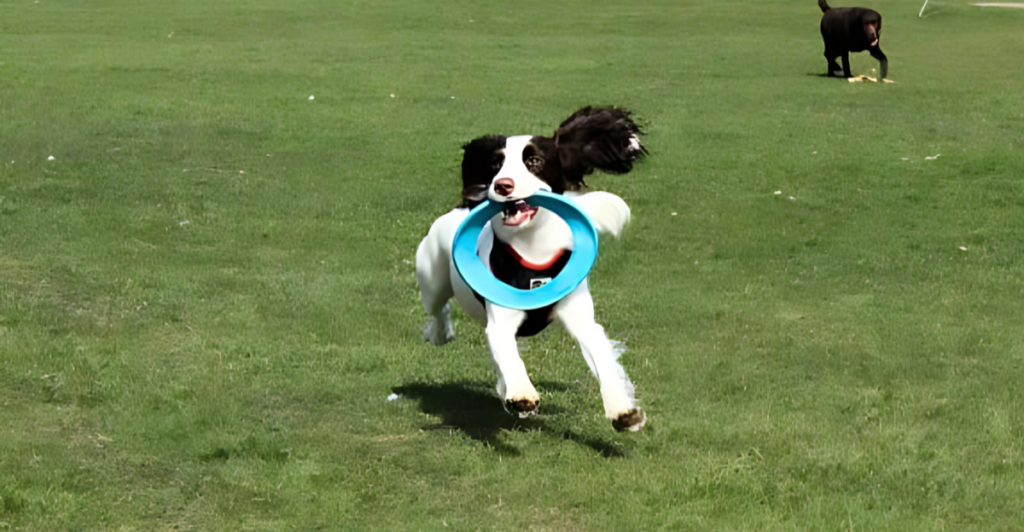
One reason dogs pull on the leash is excess energy. If your dog lacks physical activity, it may be more inclined to draw and be hyperactive during walks. Ensure your dog gets enough exercise through play, fetch, or other activities to help burn off extra energy. A tired dog is likelier to remain calm and walk nicely on the leash, making walking more enjoyable and manageable.
Avoid Distractions During Walks
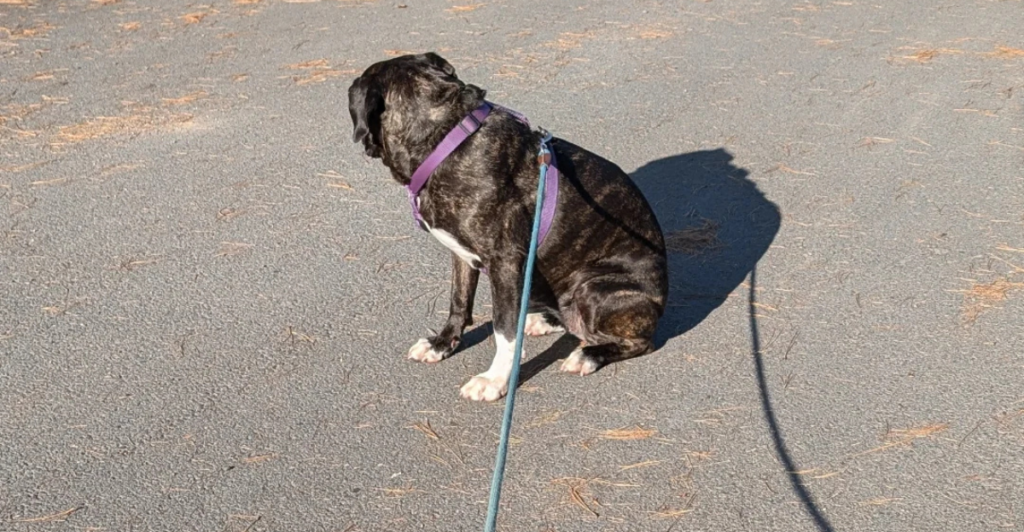
Distractions are a common cause of leash pulling. Other dogs, animals, or people can excite your dog and lead to pulling. Choose walking routes with fewer triggers to minimize distractions or walk during quieter times. If distractions are unavoidable, use treats or toys to keep your dog’s attention on you. By controlling the environment as much as possible, you’ll reduce the likelihood of your dog pulling and help them focus on walking calmly.
Be Patient and Stay Calm

Training your dog to stop pulling on the leash takes time, so be patient and calm throughout the process. Dogs pick up on their owner’s emotions, so your dog might become anxious or excited if you’re frustrated or tense. Keep your tone calm and positive, and don’t rush the training process. With patience and consistent effort, your dog will learn to walk calmly by your side, making the walks enjoyable for both of you.
Discover more of our trending stories and follow us to keep them appearing in your feed

Meet the Massive Crocodiles That Make Their Homes 40 Feet Underground
10 Easy Ways To Stop A Charging Dog
10 Dog Breeds That Are Just Like Golden Retrievers
11 Habits of Truly Responsible Dog Owners
Stay connected with us for more stories like this! Follow us to get the latest updates or hit the Follow button at the top of this article, and let us know what you think by leaving your feedback below. We’d love to hear from you!







